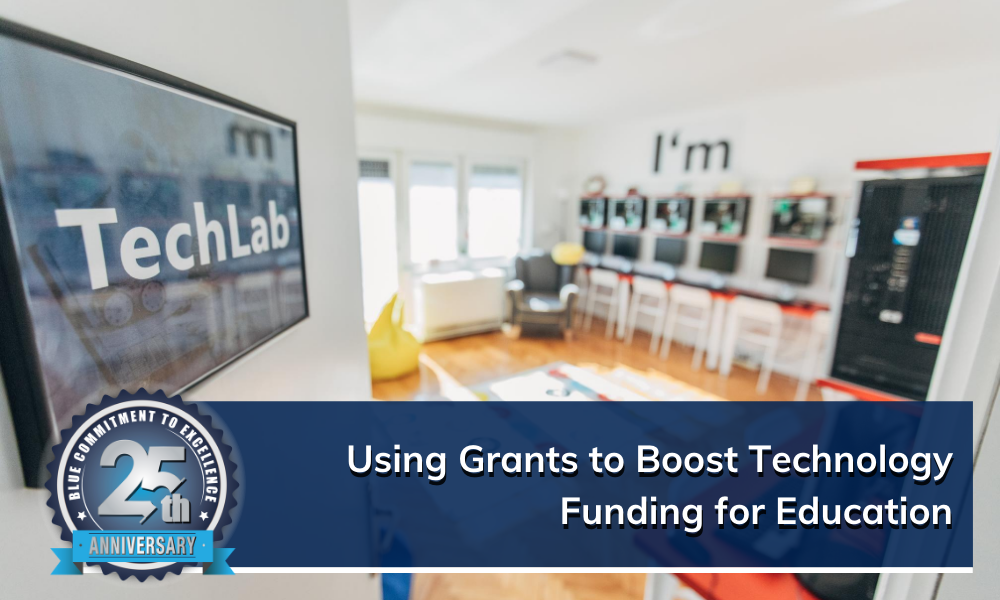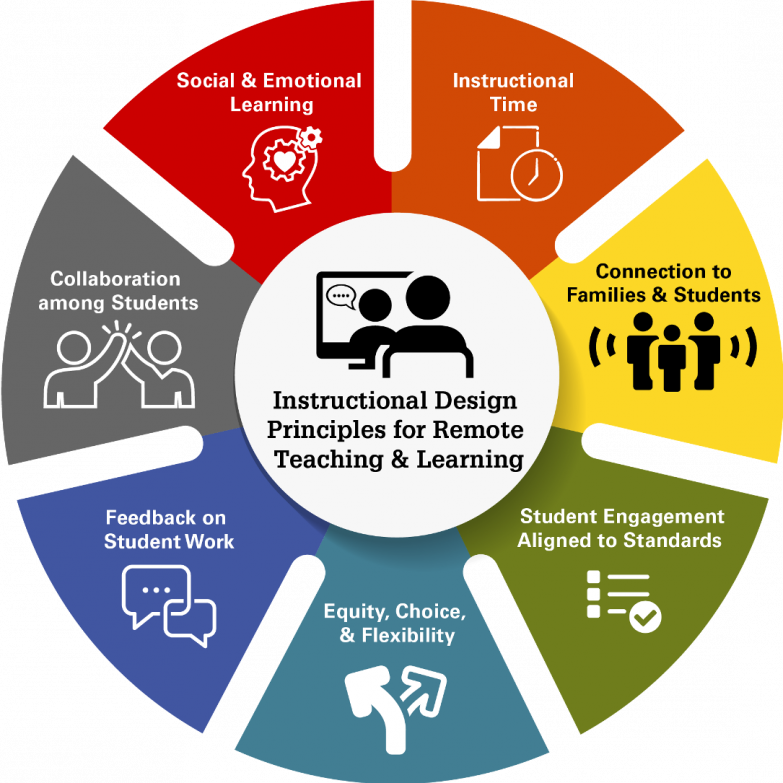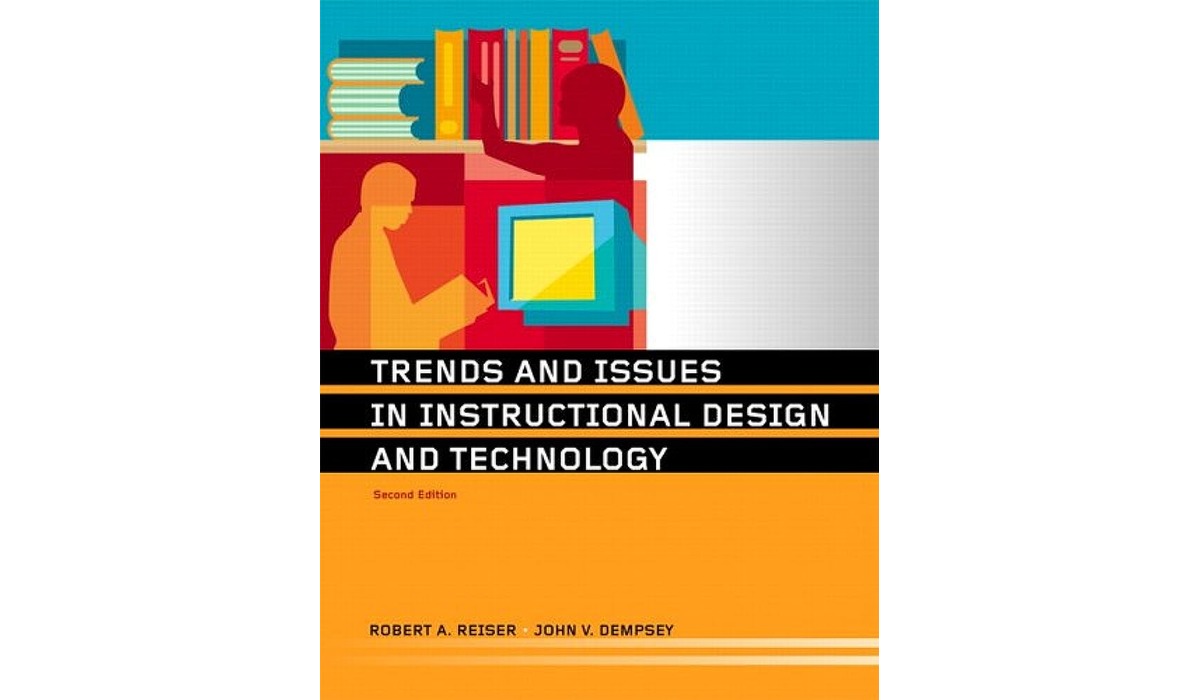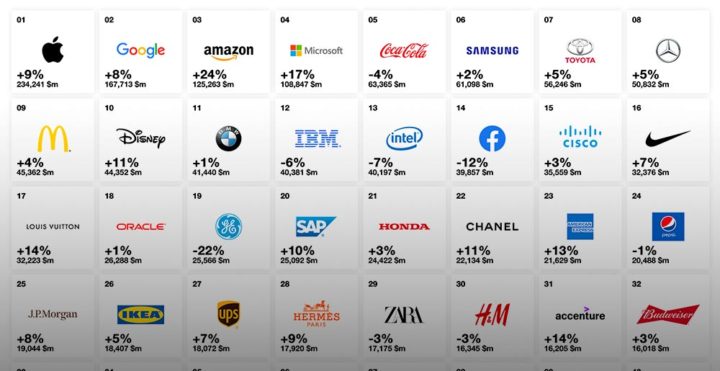Educational Technology Grants: Funding Innovation in Education
Educational technology grants are a lifeline for schools and educators, providing funding for innovative tools and programs that enhance learning experiences. These grants empower educators to integrate cutting-edge technology into […]

Educational technology grants are a lifeline for schools and educators, providing funding for innovative tools and programs that enhance learning experiences. These grants empower educators to integrate cutting-edge technology into their classrooms, fostering student engagement, improving accessibility, and ultimately, shaping the future of education.
From interactive whiteboards and virtual reality experiences to online learning platforms and personalized learning tools, educational technology grants fuel a wide range of initiatives. By supporting these projects, funders recognize the transformative power of technology in education, enabling educators to create more dynamic, engaging, and effective learning environments.
Introduction to Educational Technology Grants
Educational technology grants are financial awards given to educational institutions to support the integration and implementation of technology in learning environments. These grants are designed to help schools and universities acquire, develop, and utilize innovative technologies to enhance teaching, learning, and student outcomes.
Educational technology grants play a crucial role in advancing education by providing access to resources that would otherwise be unavailable. These grants empower educators to implement cutting-edge technologies, fostering a more engaging and effective learning experience for students.
Types of Educational Technology Grants
Educational technology grants come in various forms, each addressing specific needs and goals within the educational landscape. Here are some common types of grants:
- Infrastructure Grants: These grants support the development and improvement of physical and digital infrastructure, including computer labs, high-speed internet access, and network upgrades.
- Software and Hardware Grants: These grants provide funding for the purchase of educational software, hardware, and devices, such as laptops, tablets, interactive whiteboards, and virtual reality headsets.
- Professional Development Grants: These grants support educators in acquiring new skills and knowledge related to educational technology. This includes training programs, workshops, and certifications to enhance their technological proficiency.
- Curriculum Development Grants: These grants encourage the creation and integration of technology-enhanced curriculum materials. They support educators in developing interactive lessons, online learning platforms, and blended learning approaches.
- Innovation Grants: These grants fund experimental and innovative projects that utilize technology to address specific educational challenges. They encourage the development of novel solutions and explore the potential of emerging technologies in education.
Eligibility and Application Process

Educational technology grants are designed to support innovative projects that leverage technology to improve learning outcomes. To be eligible for funding, projects must align with the grant’s specific objectives and meet the Artikeld criteria. The application process typically involves submitting a detailed proposal that Artikels the project’s goals, methodology, budget, and evaluation plan.
Eligibility Criteria
To determine eligibility for an educational technology grant, it’s essential to review the specific guidelines of each funding opportunity. However, general eligibility criteria commonly include:
- Type of Applicant: Educational technology grants are often open to a range of applicants, including schools, districts, universities, non-profit organizations, and even individual educators.
- Project Focus: Grants typically focus on specific areas of educational technology, such as digital literacy, STEM education, teacher professional development, or accessibility tools.
- Geographic Location: Some grants may be limited to specific geographic regions, such as a particular state or country.
- Project Budget: Grants usually have a set funding amount, and projects must fall within the designated budget range.
- Project Timeline: Grants often have a defined project timeline, specifying the duration of the funded project.
Application Process
The application process for educational technology grants generally follows a structured format, requiring applicants to submit a comprehensive proposal outlining their project’s details.
- Grant Proposal: The core of the application is the grant proposal, which typically includes the following sections:
- Project Summary: A concise overview of the project’s goals, objectives, and impact.
- Needs Assessment: A clear articulation of the problem or need that the project aims to address.
- Project Design: A detailed description of the project’s activities, methodology, and implementation plan.
- Evaluation Plan: A strategy for measuring the project’s effectiveness and impact.
- Budget: A detailed breakdown of the project’s expenses, including personnel, materials, and equipment.
- Sustainability Plan: A plan for ensuring the project’s long-term viability beyond the grant funding period.
- Supporting Documents: In addition to the grant proposal, applicants may need to submit supporting documents, such as:
- Letters of Support: Letters from stakeholders, such as school administrators, community leaders, or partner organizations, demonstrating their support for the project.
- Resumes/CVs: Resumes or curriculum vitae of key personnel involved in the project.
- Organizational Information: Information about the applicant organization, such as its mission, history, and financial statements.
- Deadlines: Grant applications typically have strict deadlines, and it’s crucial to submit applications well in advance to avoid missing the opportunity.
Tips for Crafting a Compelling Grant Proposal
A well-written grant proposal is crucial for securing funding. Here are some tips for crafting a compelling proposal:
- Clearly Articulate the Problem: Start by defining the problem or need that the project aims to address. Explain the issue’s impact on students, educators, or the community.
- Demonstrate Project Impact: Explain how the project will make a tangible difference in the lives of students, educators, or the community. Provide evidence-based examples of potential outcomes.
- Highlight Innovation: Showcase the project’s innovative approach to using technology to improve learning outcomes. Explain how the project is unique or groundbreaking.
- Address Sustainability: Artikel a plan for sustaining the project beyond the grant funding period. Explain how the project will continue to benefit students and educators even after the grant ends.
- Proofread Carefully: Ensure that the grant proposal is free of grammatical errors, typos, and inconsistencies. A well-written and polished proposal reflects professionalism and attention to detail.
Funding Sources and Organizations: Educational Technology Grants
Securing funding for educational technology initiatives is crucial for implementing innovative projects and improving learning outcomes. Numerous organizations and agencies offer grants specifically designed to support the integration of technology in education.
Understanding the funding landscape, including the specific focus areas and priorities of each organization, is essential for identifying the most suitable grant opportunities.
Educational technology grants can be a valuable resource for institutions seeking to improve their training programs. One area where technology can significantly enhance learning is in the field of surgical technology. A comprehensive approach to surgical technology education, such as the one outlined in surgical technology for the surgical technologist: a positive care approach , can be effectively implemented with the support of educational technology grants.
These grants can help fund the acquisition of advanced simulation equipment, virtual reality platforms, and other resources that can provide students with hands-on experience and improve their overall understanding of surgical procedures.
Government Agencies
Government agencies play a significant role in funding educational technology projects. These agencies often have broad funding priorities that align with national education goals and initiatives.
- The U.S. Department of Education: The Department of Education offers a wide range of grants for educational technology initiatives, including the “Investing in Innovation” program and the “Technology Innovation Challenge.” These grants focus on projects that promote student engagement, improve teacher training, and enhance access to quality education.
- The National Science Foundation (NSF): The NSF provides grants for research and development in science, technology, engineering, and mathematics (STEM) education. The NSF’s “Advancing Informal STEM Learning” program, for instance, supports projects that use technology to engage learners in informal settings.
- The Institute of Education Sciences (IES): The IES, a research arm of the Department of Education, funds research on education issues, including the impact of technology on student learning.
Private Foundations
Private foundations are another important source of funding for educational technology projects. These foundations often have specific areas of interest, such as early childhood education, STEM education, or digital literacy.
- The Bill & Melinda Gates Foundation: The Gates Foundation is a major funder of education initiatives, with a particular focus on improving education in developing countries. Their grants often support projects that use technology to enhance teaching and learning, improve access to quality education, and address educational inequities.
- The Hewlett Foundation: The Hewlett Foundation supports projects that promote educational innovation and improve educational outcomes. They have a particular interest in supporting the development and use of technology to enhance learning.
- The MacArthur Foundation: The MacArthur Foundation supports projects that address critical societal challenges, including education. Their grants often support projects that use technology to promote social justice, equity, and access to quality education.
Corporate Philanthropy
Many corporations have philanthropic arms that support education initiatives. These corporations often have specific areas of focus, such as STEM education, workforce development, or digital literacy.
- Google: Google’s philanthropic arm, Google.org, supports projects that promote access to quality education, particularly in the areas of STEM education and digital literacy.
- Microsoft: Microsoft Philanthropies supports projects that use technology to improve education and economic opportunity. They have a particular focus on supporting the development of digital skills and promoting access to technology in underserved communities.
- Amazon: Amazon’s philanthropic arm, the Amazon Future Engineer program, supports projects that promote STEM education and workforce development. They offer grants and scholarships to students pursuing STEM careers.
Key Organizations, Websites, and Contact Information
| Organization | Website | Contact Information |
|---|---|---|
| U.S. Department of Education | https://www.ed.gov/ | (202) 401-0000 |
| National Science Foundation | https://www.nsf.gov/ | (703) 292-5000 |
| Institute of Education Sciences | https://ies.ed.gov/ | (202) 401-1800 |
| Bill & Melinda Gates Foundation | https://www.gatesfoundation.org/ | (206) 709-3000 |
| Hewlett Foundation | https://www.hewlett.org/ | (650) 238-2000 |
| MacArthur Foundation | https://www.macfound.org/ | (312) 726-8000 |
| Google.org | https://www.google.org/ | (650) 253-0000 |
| Microsoft Philanthropies | https://www.microsoft.com/en-us/philanthropies | (425) 882-8080 |
| Amazon Future Engineer | https://www.amazonfutureengineer.com/ | (206) 266-1000 |
Impact of Educational Technology Grants
Educational technology grants play a vital role in transforming education, providing schools and students with access to cutting-edge resources and innovative learning experiences. These grants empower educators to integrate technology effectively, fostering a more engaging, interactive, and personalized learning environment.
Examples of Successful Projects
The positive impact of educational technology grants is evident in numerous successful projects across various educational settings. Here are some notable examples:
- Project-Based Learning with Robotics: A grant enabled a middle school to implement a project-based learning program using robotics kits. Students engaged in hands-on activities, designing and building robots to solve real-world problems, fostering critical thinking, problem-solving, and collaboration skills.
- Virtual Reality for History Education: A high school received funding to purchase virtual reality headsets and educational software. Students could immerse themselves in historical events, exploring ancient civilizations, battlefields, and significant landmarks, enhancing their understanding and engagement with history.
- Personalized Learning with Adaptive Software: A grant allowed an elementary school to implement adaptive learning software that tailored instruction to individual student needs. The software tracked student progress, provided personalized feedback, and adjusted the difficulty level based on individual learning styles, promoting student success and engagement.
Long-Term Benefits of Investing in Educational Technology, Educational technology grants
Investing in educational technology grants yields significant long-term benefits for students, schools, and society as a whole.
- Improved Student Outcomes: Access to technology enhances student engagement, motivation, and academic performance. Studies have shown that students who use technology in their learning consistently outperform their peers who do not have access to these resources.
- Enhanced Teacher Effectiveness: Educational technology grants empower teachers with the tools and resources they need to deliver engaging and effective lessons. By providing access to interactive whiteboards, digital learning platforms, and online assessment tools, these grants enhance teacher effectiveness and improve the overall learning experience.
- Preparation for the Future Workforce: In today’s rapidly evolving technological landscape, it is crucial for students to develop digital literacy skills. Educational technology grants equip students with the knowledge and skills they need to succeed in a future workforce increasingly driven by technology.
Future Trends in Educational Technology Grants

The landscape of educational technology is constantly evolving, driven by advancements in artificial intelligence, virtual reality, and other emerging technologies. These advancements are shaping the future of learning and influencing the focus of grant opportunities. This section explores the potential areas where educational technology grants are likely to be concentrated in the coming years.
Emerging Trends and Their Impact
Emerging technologies are transforming the educational landscape, leading to new grant opportunities. These trends are shaping the way educators teach and learners learn, making it crucial for grantmakers to adapt their funding strategies.
- Artificial Intelligence (AI) in Education: AI is being increasingly integrated into educational technology, providing personalized learning experiences, automating administrative tasks, and enhancing student engagement. This is leading to a surge in grant funding for projects that leverage AI to improve learning outcomes and enhance teaching practices.
- Virtual Reality (VR) and Augmented Reality (AR): VR and AR are revolutionizing the way students experience learning. By immersing students in virtual environments, VR and AR applications enhance engagement, facilitate hands-on learning, and make complex concepts more accessible. This is creating new grant opportunities for projects that explore the potential of VR and AR in education.
- Personalized Learning Platforms: Personalized learning platforms are designed to adapt to individual student needs, providing tailored content, pacing, and support. These platforms are gaining traction, and grantmakers are increasingly funding projects that promote personalized learning and improve student outcomes.
Potential Areas for Future Grant Funding
The future of educational technology grants is closely linked to emerging trends and the evolving needs of educators and learners. Here are some potential areas that are likely to attract significant grant funding:
- Equity and Access: Grant opportunities will likely focus on initiatives that leverage technology to bridge the digital divide and ensure equitable access to quality education for all students, regardless of their background or location.
- Teacher Training and Professional Development: Grantmakers are recognizing the importance of supporting educators in effectively integrating technology into their classrooms. Future grants will likely prioritize projects that provide teachers with the skills and resources they need to leverage technology effectively.
- Data-Driven Decision Making: Educational technology is generating vast amounts of data, which can be used to improve learning outcomes and inform educational decision-making. Grants will likely support projects that develop data-driven strategies for analyzing and utilizing this data to enhance teaching and learning.
- Emerging Technologies: Grantmakers are increasingly interested in exploring the potential of emerging technologies, such as blockchain, the Internet of Things (IoT), and quantum computing, to transform education. Projects that explore these technologies and their applications in education will likely attract significant funding.
Summary

Securing educational technology grants requires careful planning, research, and a compelling proposal that highlights the project’s potential impact. By understanding the eligibility criteria, navigating the application process, and showcasing the benefits of your proposed project, you can increase your chances of securing funding and making a lasting impact on student learning.










